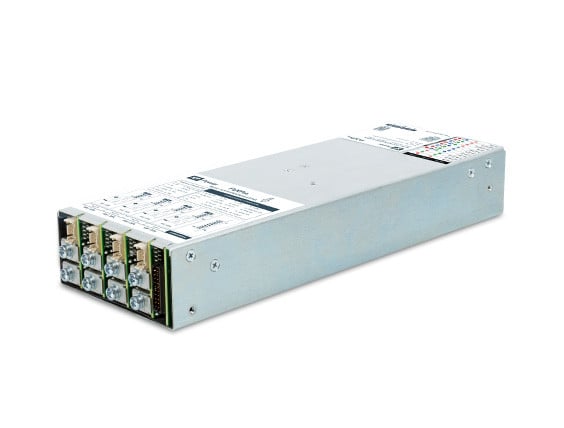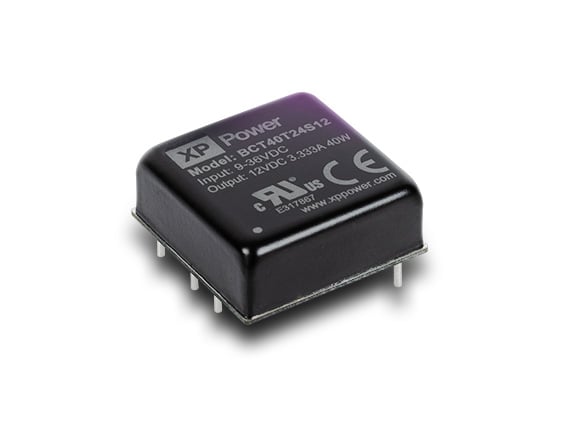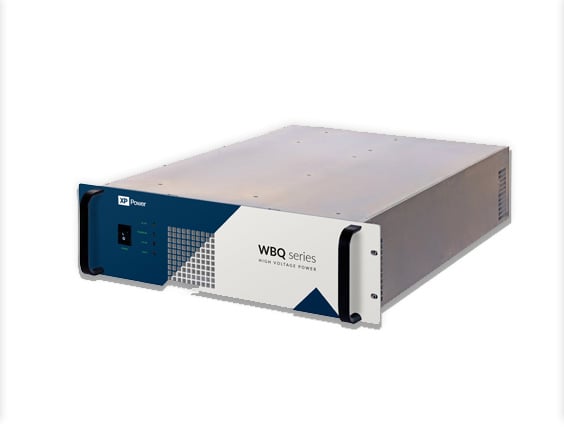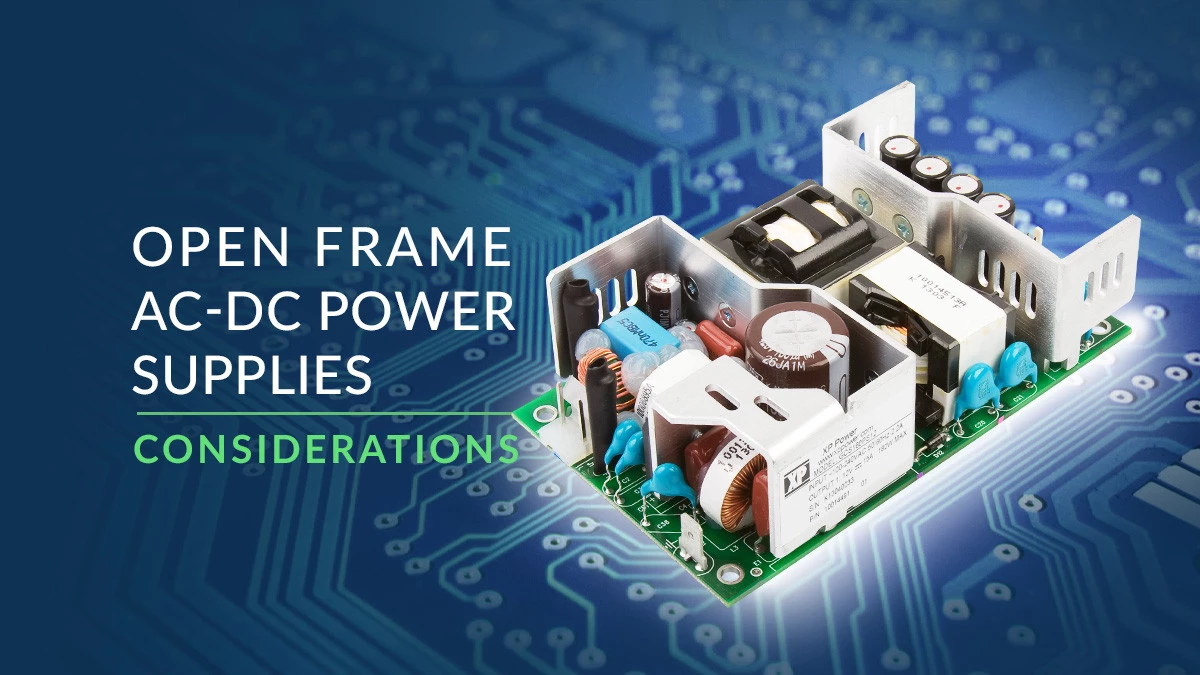
AC-DC power supplies are commonly supplied in what is known by the industry as an open frame format. Open frame generally describes a product which is a PCB only construction, component power supply to be integrated into an end application which provides the enclosure for the entire product.
There are a number of considerations when installing open frame power supplies, but crucially these are related to:
3 Key Areas of Concern
1. Safety
2. Electromagnetic compatibility (EMC)
3. Thermal management
1. Safety: Class I, Class II, Creepage & Clearance
When mounting the power supply, it is necessary to observe the required creepage and clearance distances to the equipment enclosure to all faces of the supply.
In a class I system this will mean ensuring 3 or 4mm between any earthed metal part and any part of the power supply, depending on whether the end application is industrial or medical power supplies, which may necessitate the use of insulators around the power supply assembly.
Where a class I power supply is employed the ground connection to the supply is an integral part of its safety system and must be securely connected to the system safety ground.
This connection is generally made available via one of the mounting holes, via a fastening tab or via the input connector on the power supply. There is often more than one earth connection required which may affect EMC and is discussed below.
Where a class II power supply is employed the creepage and clearance distances may be required to be larger in metal enclosures. Though often the equipment enclosure is non-conductive where these units are employed.
2. Electromagnetic Compatibility (EMC): Grounding for Optimum Performance
Open frame AC-DC power supplies often require two and sometimes three mounting points to be connected to ground.
As mentioned above, in a class I system usually one of these connections is required for safety ground and is located on the input side of the assembly, the other or others are usually on the secondary side and connect the output common mode filter capacitor(s) to ground.
The output common-mode capacitors are integral to the EMC performance of the power supply and must be connected for optimum EMC performance. Where the equipment uses a metal enclosure this is rarely an issue.
In plastic enclosures, either in class I or class II configurations, it is necessary to make other provisions to connect these points together to ensure EMC compliance.
The points which require connection to ground or together are usually identified in the power supply datasheet.
Datasheet example: Open Frame Mounting Points:
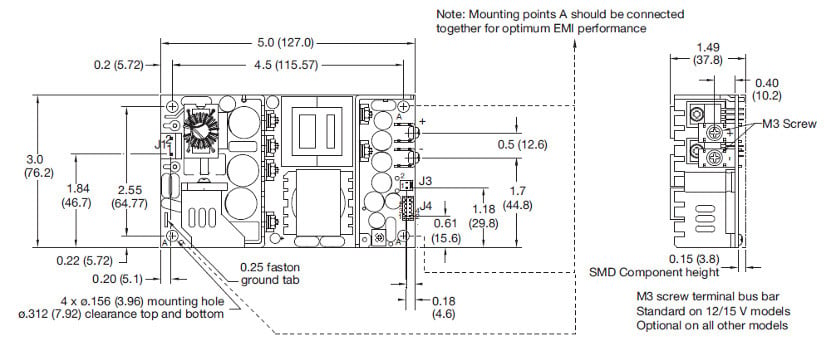
The optimal way to connect these points is by mounting the open frame supply on a metal plate.
This doesn’t need to connect to anything else but provides a low impedance path with low parasitic elements for the filter capacitors to be connected.
Where this type of mounting is impractical then other methods must be employed to connect these mounting points such as a multi-strand cable.
3. Thermal Management: Safety Considerations and Service Life
Open frame power supplies may have a power rating when convection cooled, force air-cooled or both.
The mounting position, surrounding space and surrounding parts, along with any air cooling are unique to each application so it is important to check the operating temperature of key components once installed.
This ensures that the safety-critical components do not exceed their maximum ratings and that the reliability and service life are not impaired.
Datasheets commonly identify the key components and provide an estimated service life based on the temperature of key electrolytic capacitors.
Estimated service life based on the temperature:


Are you designing in an AC-DC power supply? Download Your Essential Guide to Power Supplies for a technical reference guide for system designers.
